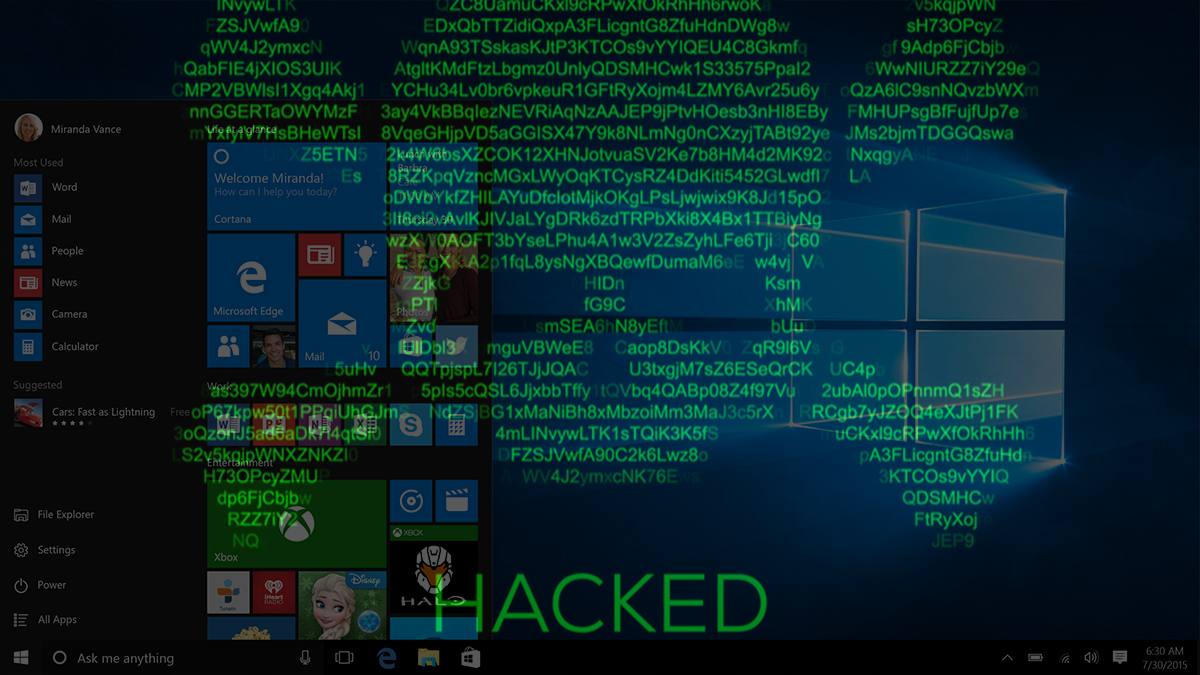Microsoft’s Email Software Hacked 30000 companies in the united states

At any rate 30,000 associations across the United States — including countless independent companies, towns, urban communities, and neighborhood governments — have in the course of recent days been hacked by an uncommonly forceful Chinese digital secret activities unit that is centered around taking email from casualty associations, different sources tell KrebsOnSecurity. The reconnaissance bunch is misusing four newfound blemishes in Microsoft Exchange Server email programming and has cultivated a huge number of casualty associations worldwide with devices that give the assailants complete, controller over-influenced frameworks.
On March 2, Microsoft delivered crisis security updates to plug four security openings in Exchange Server forms 2013 through 2019 that programmers were effectively utilizing to siphon email interchanges from Internet-confronting frameworks running Exchange.
In the three days from that point forward, security specialists say a similar Chinese digital secret activities bunch has drastically ventured up assaults on any helpless, unpatched Exchange workers around the world.
In every episode, the interlopers have given up a “web shell,” a simple to-utilize, secret word ensured hacking device that can be gotten to over the Internet from any program. The web shell gives the aggressors managerial admittance to the casualty’s PC workers.
Talking on the state of secrecy, two network protection specialists who’ve informed U.S. public safety counsels on the assault revealed to KrebsOnSecurity the Chinese hacking bunch thought to be dependable has held onto authority more than “many thousands” of Microsoft Exchange Servers around the world — with every casualty framework addressing roughly one association that utilizations Exchange to handle email.
Microsoft said the Exchange defects are being focused by a formerly unidentified Chinese hacking team it named “Hafnium,” and said the gathering had been directing focused on assaults on email frameworks utilized by a scope of industry areas, including irresistible sickness specialists, law offices, advanced education organizations, safeguard project workers, strategy think tanks, and NGOs.
Microsoft’s underlying warning about the Exchange defects credited Reston, Va. based Volexity for detailing the weaknesses. Volexity President Steven Adair said the organization originally saw aggressors unobtrusively misusing the Exchange bugs on Jan. 6, 2021, a day when the majority of the world was stuck to TV inclusion of the mob at the U.S. Legislative hall.
Yet, Adair said that in the course of recent days the hacking bunch has changed into high gear, moving rapidly to filter the Internet for Exchange workers that weren’t yet ensured by those security refreshes.
“We’ve dealt with many cases so far where web shells were put on the casualty framework back on Feb. 28 [before Microsoft reported its patches], as far as possible up to now,” Adair said. “Regardless of whether you fixed the very day Microsoft distributed its fixes, there’s as yet a high possibility there is a web shell on your worker. Actually, in case you’re running Exchange and you haven’t fixed this yet, there’s a high possibility that your association is as of now undermined.”
Gone after the remark, Microsoft said it is working intimately with the U.S. Online protection and Infrastructure Security Agency (CISA), other government offices, and security organizations, to guarantee it is giving the most ideal direction and relief for its clients.
“The best insurance is to apply refreshes straightaway across completely affected frameworks,” a Microsoft representative said in a composed explanation. “We keep on aiding clients by giving extra examination and moderation direction. Affected clients should contact our help groups for extra assistance and assets.”
Adair said he’s handled many calls today from state and nearby government offices that have recognized the indirect accesses in their Exchange workers and are arguing for help. The difficulty is, fixing the imperfections just squares the four unique ways the programmers are utilizing to get in. However, it never really fix the harm that may as of now have been finished.
A tweet from Chris Krebs, the previous head of the Cybersecurity and Infrastructure Security Agency, reacting to a tweet from White House National Security Advisor Jake Sullivan.
Apparently, uncovering these gatecrashers will require an exceptional and dire cross-country tidy-up exertion. Adair and others say they’re concerned that the more it takes for casualties to eliminate the indirect accesses, the almost certain it is that the gatecrashers will follow up by introducing extra secondary passages, and maybe widening the assault to incorporate different parts of the casualty’s organization foundation.
Security scientists have distributed an apparatus on Microsoft’s Github code storehouse that allows anybody to check the Internet for Exchange workers that have been contaminated with the indirect access shell.
KrebsOnSecurity has seen segments of a casualty list aggregated by running this apparatus, and it’s anything but a lovely picture. The indirect access web shell is undeniably present on the organizations of thousands of U.S. associations, including banks, credit associations, non-benefits, broadcast communications suppliers, public utilities and police, fire and salvage units.
“It’s police divisions, clinics, huge loads of city and state governments and credit associations,” said one source who’s working intimately with administrative authorities on the matter. “Pretty much every individual who’s running self-facilitated Outlook Web Access and wasn’t fixed starting at a couple of days prior got hit with a zero-day assault.”
Another administration online protection master who took part in a new call with numerous partners affected by this hacking binge stresses the cleanup exertion required will be Herculean.

